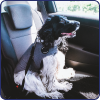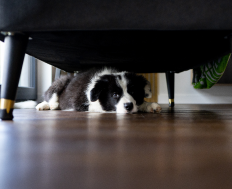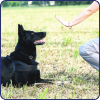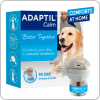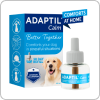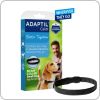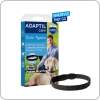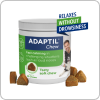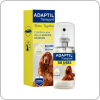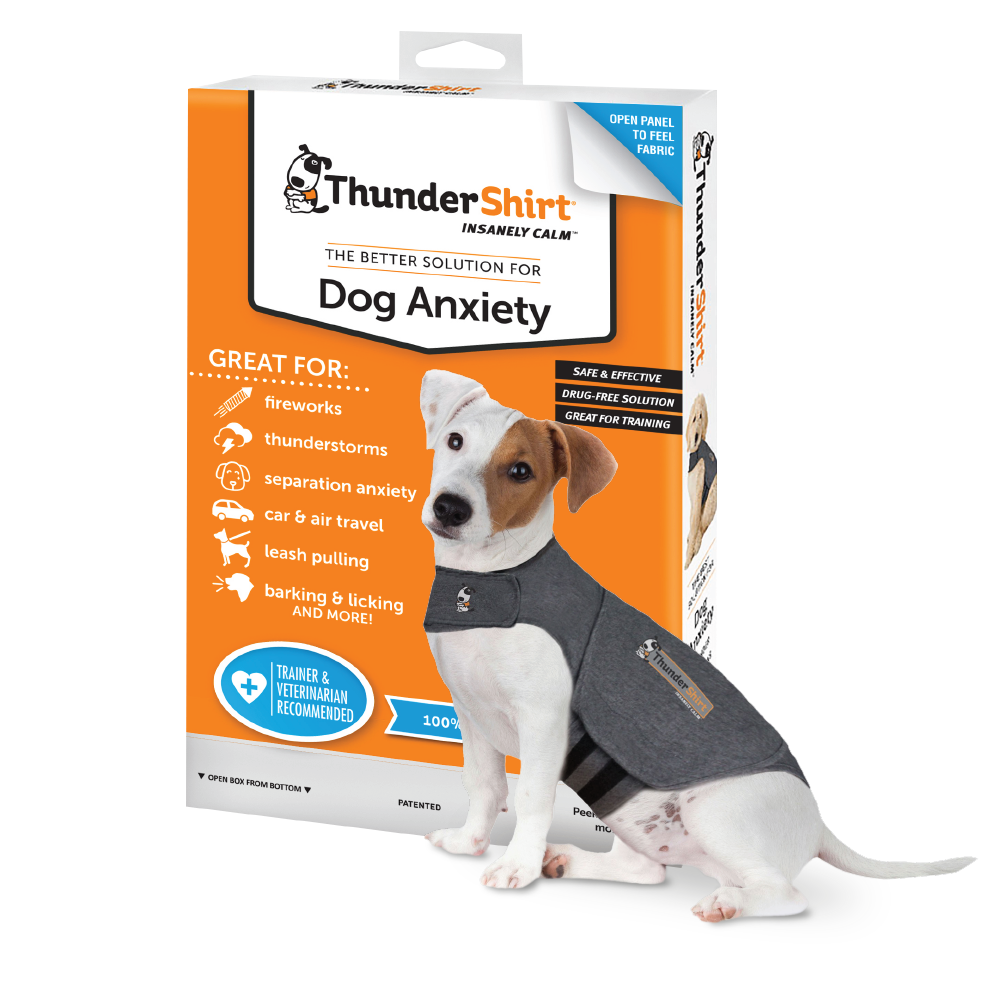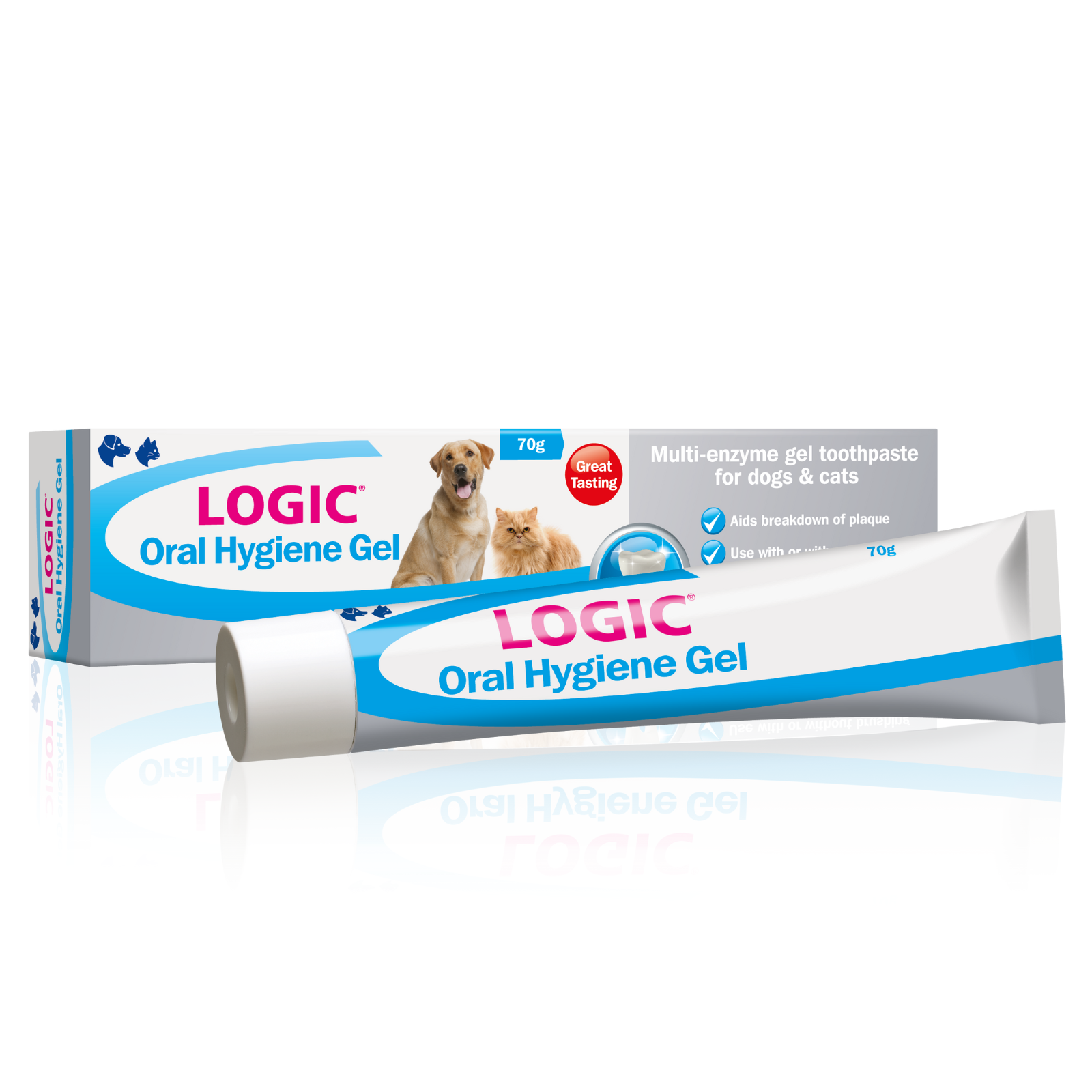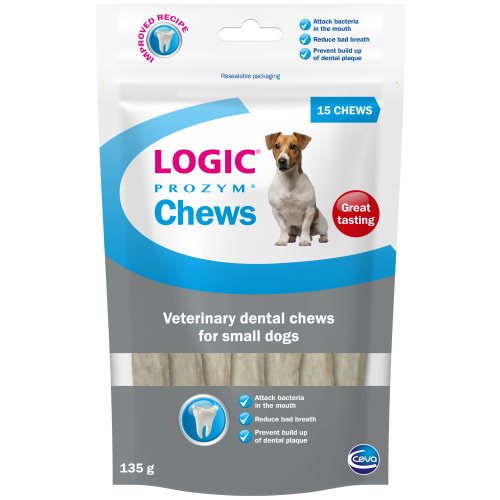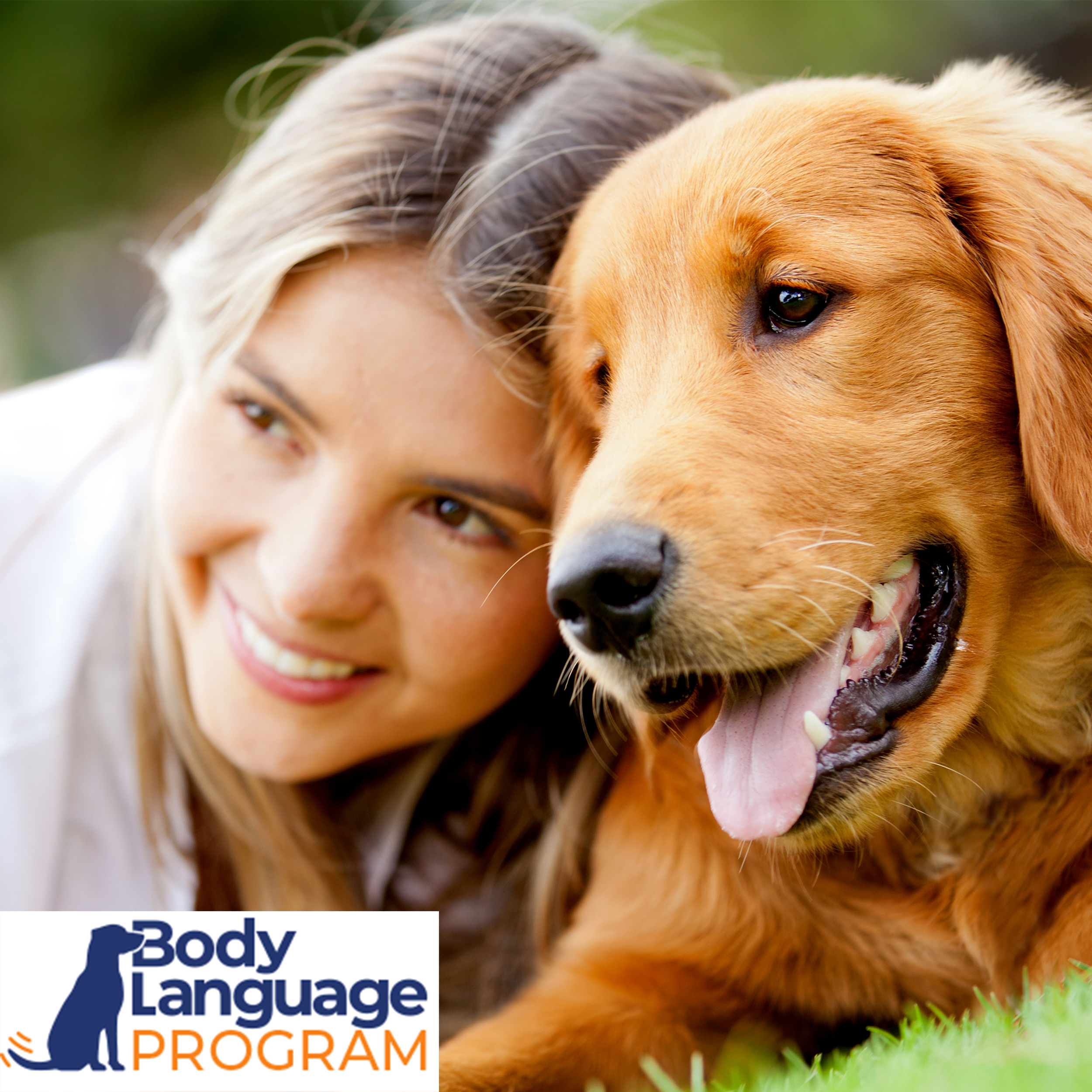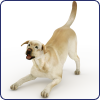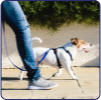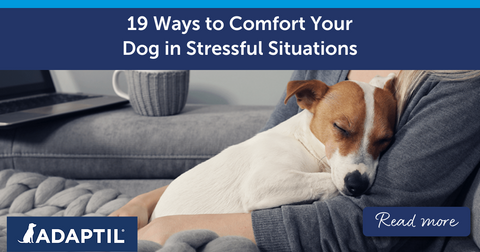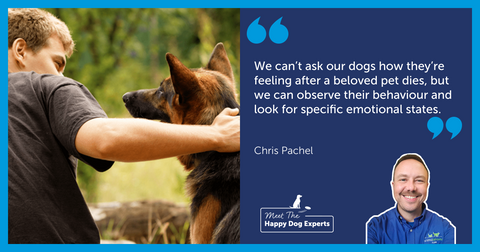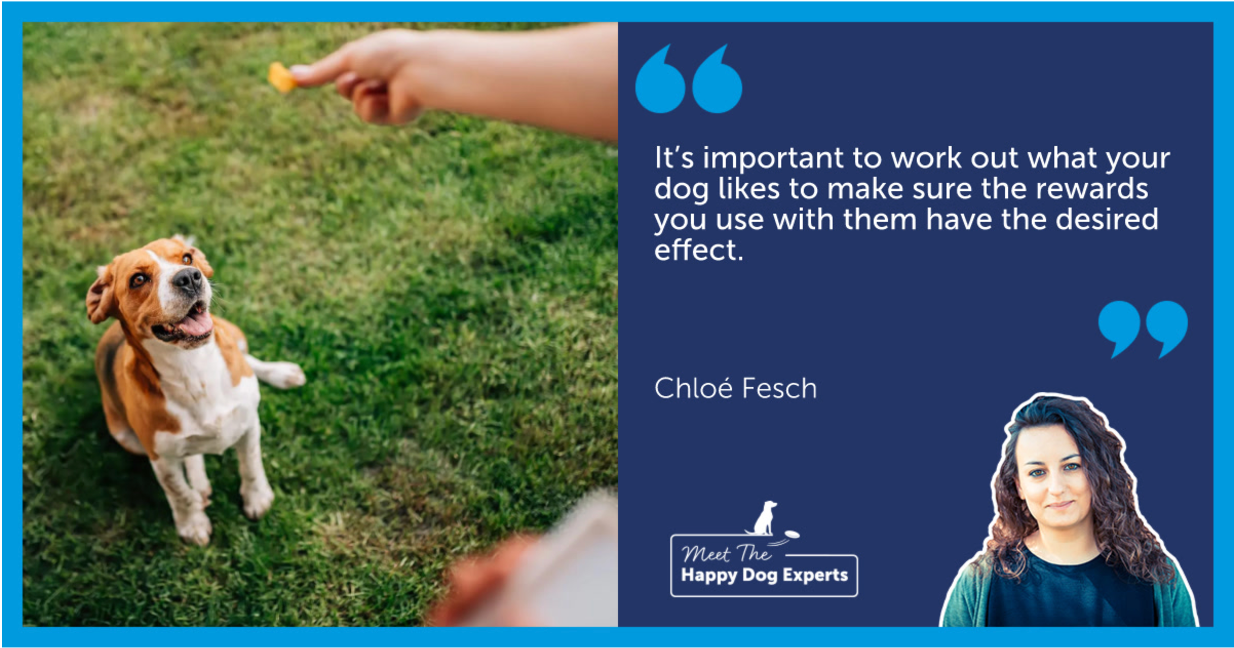
What Is the Best Way to Reward Your Dog: Happy Dog Expert Explains
Rewarding your dog is one of the keys to successful learning! The most important thing is to find and know how to use your dog's motivation. Rewards for dogs are a great way for them to associate an action with a positive consequence and understand that they have behaved in the way you wanted them to.
In today’s article, we’ll explore why rewards are key for a dog’s training and well-being as well as which rewards are best to use and when.
Why Are Rewards Important for Your Dog?
Rewards are important to motivate your dog to reproduce a requested behaviour and, above all, to celebrate their success in doing it! Would you go to work tomorrow knowing that you won't be paid? It seems unlikely! The same goes for your dog!
Dogs need to be trained if they are to live successfully and positively with their humans. They need to be taught rules for daily life, such as toileting, recall or walking on a loose lead. Learning is an essential part of your dog’s life, and it’s an ongoing process – it never stops!
As you may have realised, rewarding dog training can help your dog by making learning easier, or even possible. It’s important to know that a dog learns mainly by association. Therefore, every time an action they do leads to a positive result, they start to understand that this is what is expected, so they’ll do it again the next time. Yes, dogs are opportunists!
Conversely, if a behaviour does not bring anything positive or even leads to a negative result, such as shouting, they are less likely to repeat the experience. So, by giving them rewards at the right time, you are teaching positive reinforcement for dogs, which helps them to understand what you want from them and when to repeat a desired action.

What Are the Best Rewards for Dogs?
There are several ways to reward your dog, and the trick is to find the reward that will be the most valuable to them.
Each dog is different, so they will not all enjoy the same treat. It’s important to work out what your dog likes to make sure the rewards you use with them have the desired effect. To do this, think about what your dog’s favourite things are, bearing in mind that they can change depending on the day or situation.
In fact, we should consider that reward dog food and treats will not have the same value for your dog depending on how hungry they are. The same is true for rewards that allow your dog to expend their energy, such as toys.
A reward must be pleasant for your dog. So, you need to make sure that your dog enjoys it. For example, rewarding dog training by petting them will not necessarily have the desired effect if they don’t enjoy petting or being petted in that area of their body!
This point is essential to discovering if the reward you have given your dog is considered pleasant or not. You need to learn how to read your dog’s body language. This allows you to see if they enjoyed what just happened to them or not.
A dog that is not comfortable in a situation may use a calming signal to signify an attitude of irritation or stress to show that the situation is not pleasant for them. Signs of stress can include:
-
Licking their nose
-
Yawning
-
Turning their head away
-
Panting
So, pay close attention to your furry friend as you discover what they value!

What Types of Rewards Can I Use?
Treats
Most dogs love food, and the great thing about giving them reward dog food and treats is that there are so many of them! You must therefore find the treat that will be the most appetising for your dog to make rewarding successful. Some dogs are really driven by food, but others less so.
Try several different types of treats to find the ones that best suit your dog. Some of these food rewards for dogs can include:
-
Dry treats - such as dog biscuits
-
Wet treats - such as educational sausages
-
Natural treats - such as dried fish or chicken
Some will be highly valued by your dog. These treats are important as they can be useful to reserve for rewarding dog training and certain situations. Generally, it is recommended to use treats that are easily breakable, that do not stick to your fingers, that are easy to chew, and of course, that your dog likes.
When rewarding your dog with treats, it’s essential to use those of good quality that are suitable for dogs - avoid treats that are not adapted to your dog's digestion. You can vary the treats if this motivates your dog, but it is advisable to use only one type to prevent your dog from becoming less engaged.
Toys
Playing is learning, so playing is a great way to reward your dog. However, it can be easy to reinforce the wrong thing if not used correctly. The difficulty is finding the right way to play with your pup. As with treats, some dogs will love chasing a ball and others will prefer to pull on a rope! Therefore, it’s vital to find and use the right toy to reward your dog.
It is also very important to let your dog have ‘winning’ moments during the game, and it should also be noted that to play with a dog you do not necessarily need a toy. As soon as your dog is in positive interaction with you, it can be considered a game and a form of positive reinforcement for dogs. Some dogs find just simply running with their human a game for example!

Petting
Physical contact can be a good reward if it keeps a positive value for your dog. For this, two things are important. First of all, make sure that your dog likes being petted! It is not uncommon to see your dog show calming signals when you pet them, which signals that they are not comfortable with the interaction. This lets you know that this action is not a positive reinforcer for them.
We tend to pet our dogs a lot, just because it's nice for us. However, doing so can reduce the value of the reward, as it is often used inconsistently and in abundance. You should also be aware that your
dog may enjoy physical contact in some situations, but not in others. It is essential to pay attention to your dog’s body language to know what the best reward will be according to the exercise and situation.
Freedom
You can reward your dog by allowing them to get what they want. For example, going to play with friends, having access to the sofa, or coming in or out as they please. This notion of choice also applies to other rewards for dogs, such as treats or toys.
We often impose rules on our dogs, like their walking and mealtimes or sleeping places. So, it’s exciting to dogs when they are allowed to make as many choices as they want!

How to Remove the Reward Gradually
Rewards can be gradually reduced, but they should never really disappear from your training sessions. When you do an exercise, you will reward your dog. However, as your dog learns more, the more enjoyable they will find the action naturally, so you can ask for several actions before rewarding them.
It is also possible to stop systematically rewarding dog training once they are completely acquired. However, it is important to be aware that a behaviour that is no longer rewarded will, over time, result in fewer occurrences and can eventually disappear. So, never completely remove rewards that your dog likes.
By taking on this advice and learning about your dog’s favourite rewards, it will be beneficial not only for your pup but for your relationship together. A dog that is comfortable in its paws will be more inclined to work and this is normal.
If you encounter problems in your training sessions or in your dog's learning, do not hesitate to ask for advice from a qualified dog trainer who can guide you in the choice of reward, and how to use them correctly.
If you’re interested in learning more advice and information on caring for your dog from our team of experts, don’t forget we have a huge range of articles online. You can sign up to our newsletter to stay up to date with all our latest tips!
